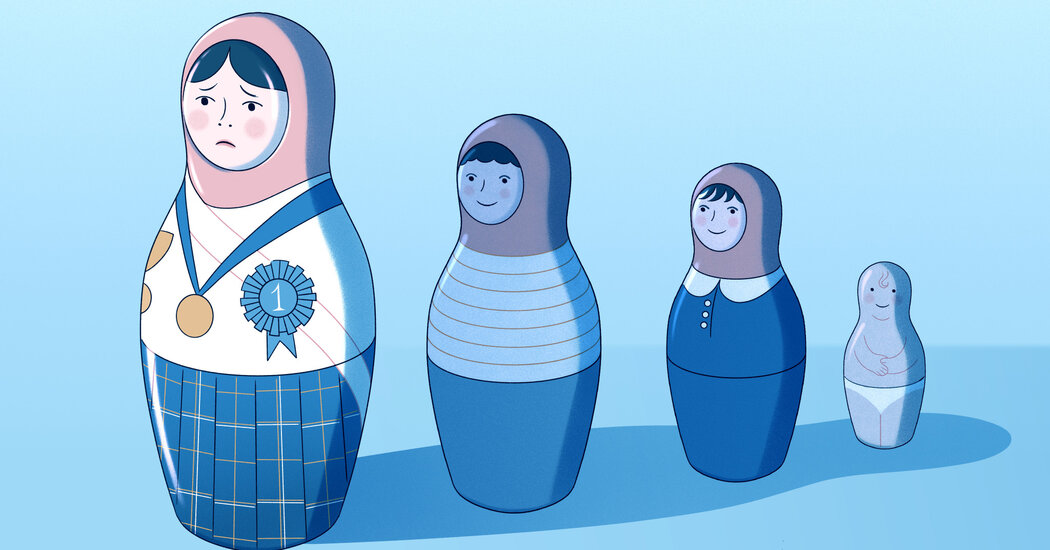
In a TikTok video that has been watched more than 6 million times, Kati Morton, a licensed marriage and family therapist in Santa Monica, Calif., lists signs that she says can be indicative of “eldest daughter syndrome.”
Among them: an intense feeling of familial responsibility, people-pleasing tendencies and resentment toward your siblings and parents.
On X, a viral post asks: “are u happy or are u the oldest sibling and also a girl”?
Firstborn daughters are having a moment in the spotlight, at least online, with memes and think pieces offering a sense of gratification to responsible, put-upon big sisters everywhere. But even mental health professionals like Ms. Morton — herself the youngest in her family — caution against putting too much stock in the psychology of sibling birth order, and the idea that it shapes personality or long term outcomes.
“People will say, ‘It means everything!’ Other people will say, ‘There’s no proof,’” she said, noting that eldest daughter syndrome (which isn’t an actual mental health diagnosis) may have as much to do with gender norms as it does with birth order. “Everybody’s seeking to understand themselves, and to feel understood. And this is just another page in that book.”
What the research says about birth order
The stereotypes are familiar to many of us: Firstborn children are reliable and high-achieving; middle children are sociable and rebellious (and overlooked); and youngest children are charming and manipulative.
Studies have indeed found ties between a person’s role in the family lineup and various outcomes, including educational attainment and I.Q. (though those scores are not necessarily reliable measures of intelligence), financial risk tolerance and even participation in dangerous sports. But many studies have focused on a single point in time, cautioned Rodica Damian, a social-personality psychologist at the University of Houston. That means older siblings may have appeared more responsible or even more intelligent simply because they were more mature than their siblings, she said, adding that the sample sizes in most birth order studies have also been relatively small.






